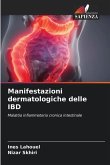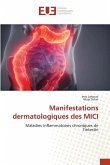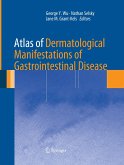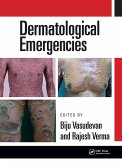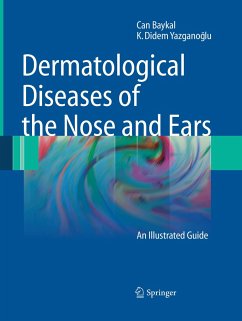Dermatological manifestations during chronic inflammatory bowel disease (IBD) are frequent and polymorphous. In many cases, they may reveal Crohn's disease or haemorrhagic rectocolitis. A distinction is made between dermatological conditions directly or indirectly associated with IBD. Specific dermatoses are defined by a giganto-cellular granuloma without necrosis-caseae with contiguous lesions and metastatic lesions. The most common reactive dermatoses are erythema nodosum, oral aphthosis and pyoderma gangrenosum. IBD may be associated with deficiency dermatoses, the most common of which are iron and zinc deficiencies. Dermatological disorders associated with the use of treatments indicated for IBD are fairly common. Skin eruptions under anti-TNF are increasingly reported, such as injection site reactions, paradoxical reactions and eczematiform reactions. Close collaboration between gastroenterologists and dermatologists is therefore essential to optimise the management of these patients.



